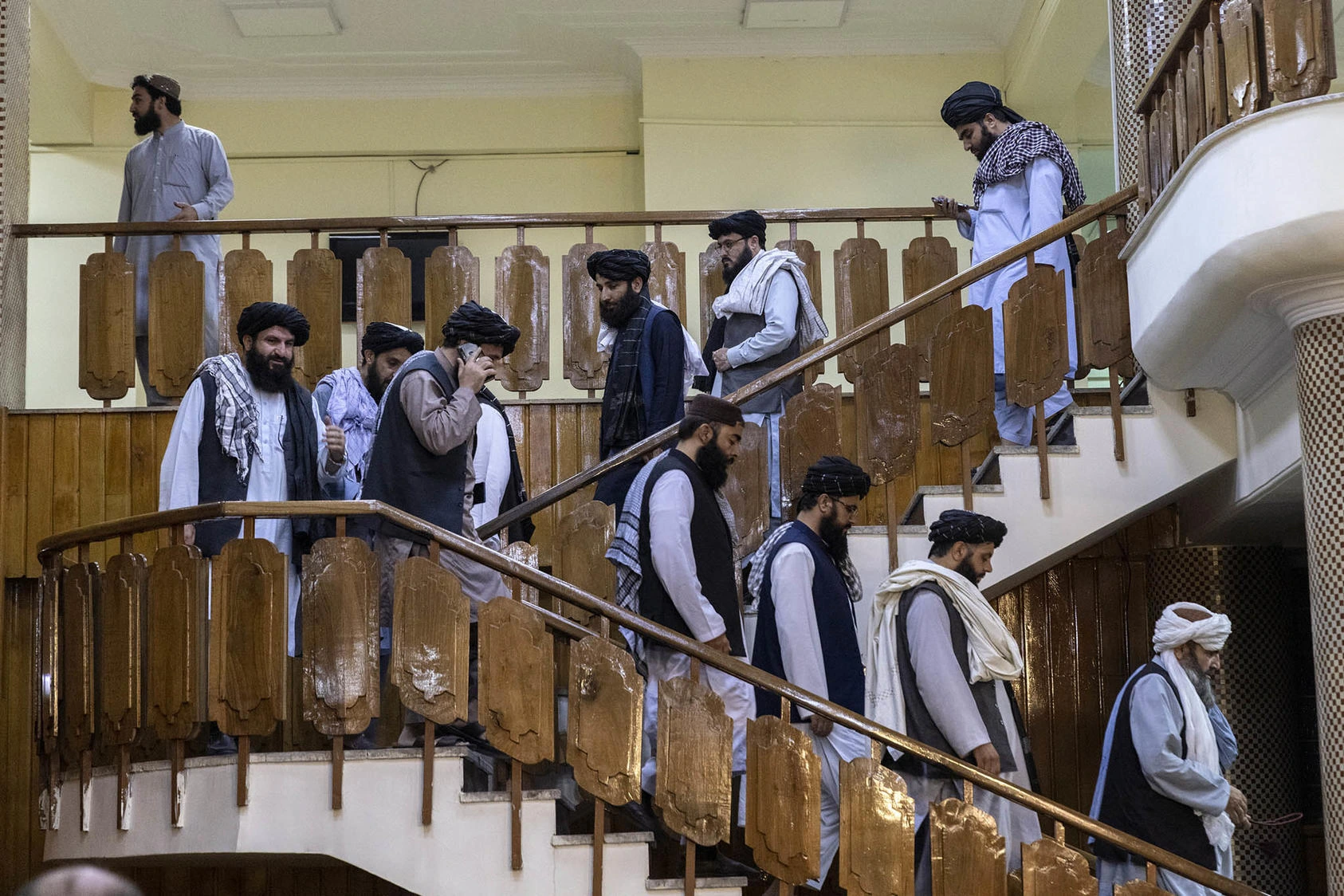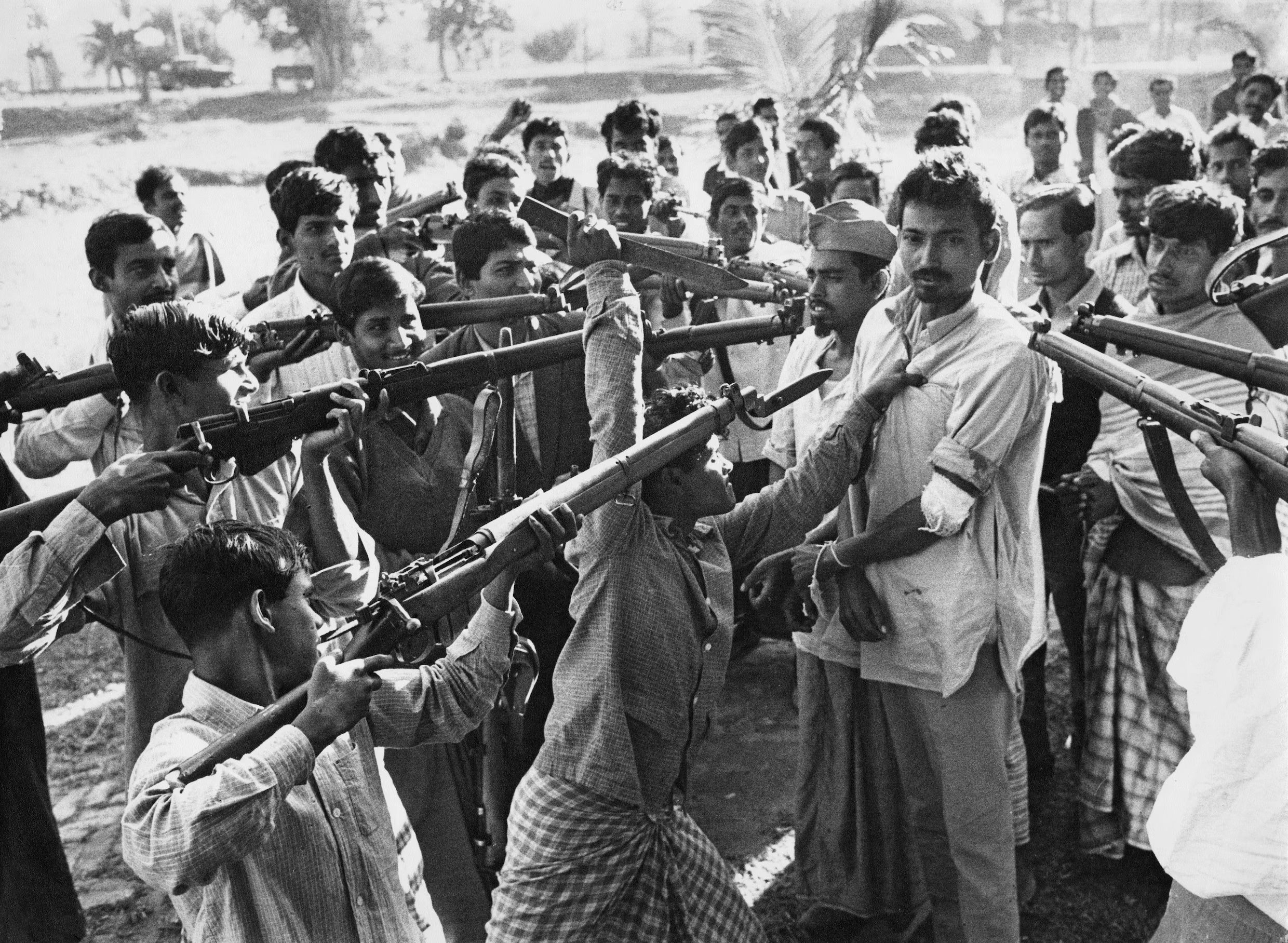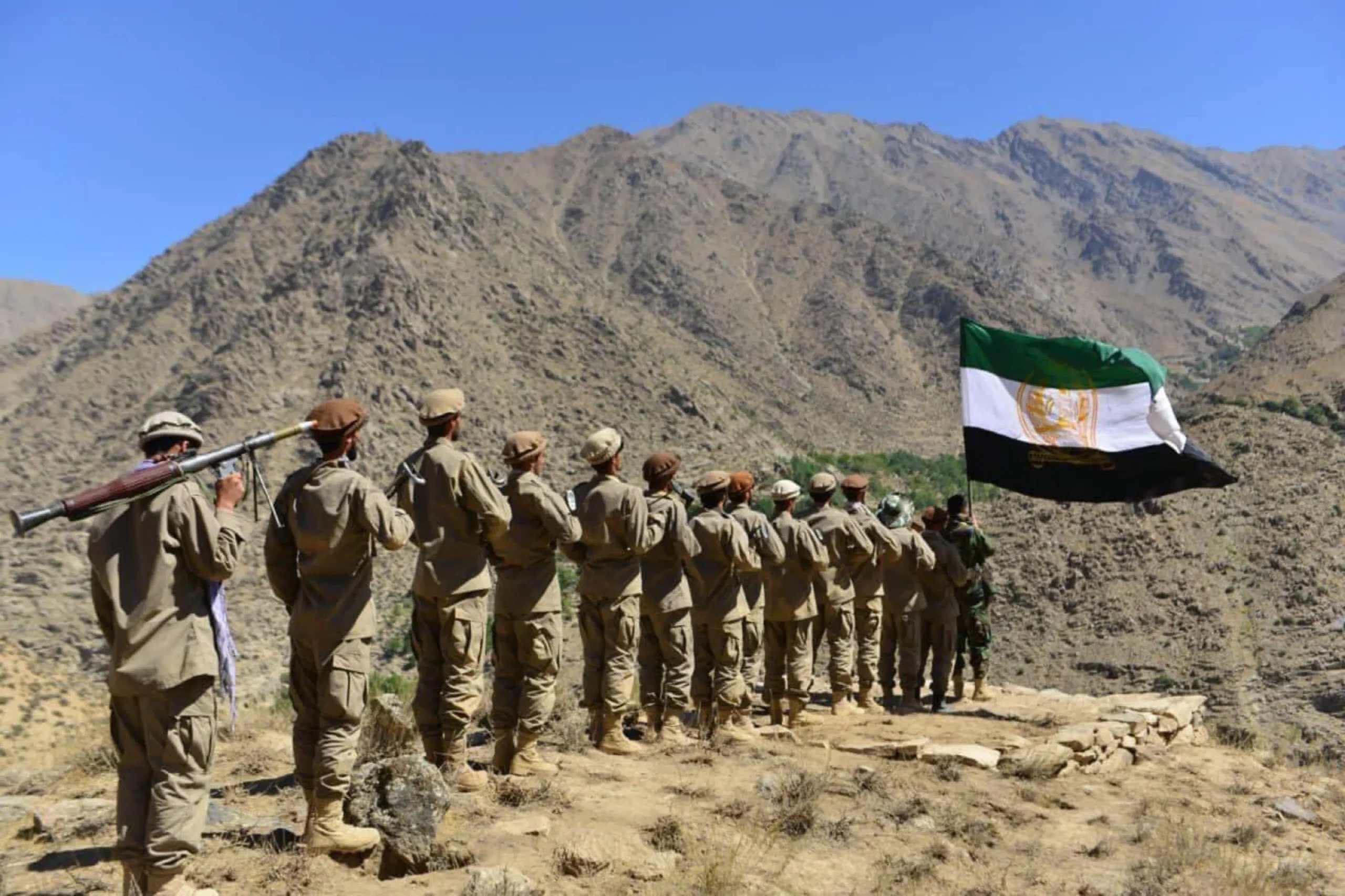For a state to survive, it must, at a minimum, manage relations with its neighbors. The Taliban’s Afghanistan is failing this basic test. The persistent, escalating conflict with Pakistan, marked by border skirmishes, diplomatic recriminations, and crippling economic blockades, is not a simple diplomatic spat. It is a symptom of a fundamental crisis: the Taliban’s profound failure to make the leap from a decentralized, ideologically-driven insurgency into a functional, responsible state.
After their military victory in 2021, the Taliban movement confronted the classic insurgent’s paradox. The skills required to conquer a state are the exact opposite of what’s needed to govern one. No single issue exposes this failure more clearly than the intractable conflict over the Tehreek-i-Taliban Pakistan (TTP), a militant group that uses Afghan soil to launch attacks against Pakistan.
The Taliban’s failure to govern is a direct and logical consequence of their rigid insurgent ideology and, critically, their factionalized structure. This internal architecture, built to manage rivalries and enforce ideological purity, makes it structurally impossible for them to sever ties with militant allies like the TTP. This paralysis forces them into a self-destructive conflict with Pakistan that is actively sabotaging their own national security, economy, and quest for legitimacy. The Taliban are trapped, unable to choose between being an ideological movement and becoming a state.
The Insurgent’s Dilemma: Governing by Decree
The core of the Taliban’s governance crisis lies in a fundamental mismatch of skills. The movement’s two decade long success was built on guerilla warfare, ideological indoctrination, shadow governance and decentralized operational command. The modern state, however, demands sophisticated economic management, bureaucratic administration, public service delivery, and pragmatic diplomacy.
Upon capturing Kabul, the Taliban inherited a bureaucracy and civil society that, while flawed, possessed two decades of technical experience. But instead of co-opting this expertise, the Taliban engaged in a systematic purge, hollowing out the state by replacing experienced technocrats, economists, and civil servants with Taliban loyalists, clerics, and fighters. This move has crippled state capacity, leaving critical ministries unable to manage a central bank, deliver healthcare, or maintain basic infrastructure.
In its place, there is no predictable, national process for governance. Instead, policy is an ad-hoc, opaque system of rule by decree, emanating from the movement’s supreme leader, Haibatullah Akhundzada, in Kandahar. This supreme leader centric model bypasses any formal policy process, creating a vacuum of predictable governance and concentrating power in a spiritual center physically and politically disconnected from the administrative capital in Kabul.
Furthermore, the Taliban government is not a unified, monolithic entity. It is a loose confederation of rival factions, each with its own power base, resource streams, and command structure. The primary fault line runs between the conservative, Kandahari-based leadership and the pragmatic, Kabul-based Haqqani Network, with other power brokers like Mullah Yaqoob commanding their own loyalties.
These groups aren’t colleagues in a cabinet, they are rivals in a zero sum competition for control over key ministries, security apparatuses, and economic rents. This internal fragmentation prevents the formation of any coherent national policy, whether on girls’ education or, most critically, on foreign relations. The immediate result of this paralysis is a spiraling humanitarian and economic crisis, where a government of competing factions is incapable of securing the international aid and recognition it needs to survive.
The TTP-Taliban Nexus: The Unseverable Umbilical Cord
The Taliban-TTP nexus is the single clearest expression of this internal failure. The relationship between the Afghan Taliban and the TTP is not one of simple allies, it is, as many analysts put it, one movement, two fronts. They are bound by a shared ideology, a common Pashtun ethnicity that straddles the Durand Line, and a two-decade history of shared struggle, sanctuary, and operational coordination against NATO forces. TTP fighters served and died alongside them; their leadership has pledged bay’ah (allegiance) to the Taliban’s supreme leader.
For Pakistan, this isn’t a theoretical problem. It is a non-negotiable threat to its internal sovereignty. Pakistan demands concrete and verifiable action to dismantle the TTP safe havens from which the group launches a devastating campaign of terror within Pakistan. The Taliban’s response has been paralysis, rooted in a fatal contradiction between ideology and statecraft.
First, any move against the TTP is ideological anathema. It would require the Taliban to violate the sacred brotherhood of jihad, effectively betraying fellow militants who share their worldview. It would also mean implicitly accepting the legitimacy of the Durand Line, a border they have never formally recognized. For the movement’s hardline core, this would be a betrayal.
Second, and more critically, the Taliban’s factionalism creates a potent internal security dilemma. A factional leader’s power doesn’t come from a state mandate. It comes from his personal command over a loyal contingent of hardline fighters. These fighters’ loyalty is not to the abstract state of Afghanistan; it is to their commander and the ideology he represents. That ideology includes protecting the TTP.
If any leader were to launch a genuine crackdown on the TTP, he would risk weakening his own strategic position. The group has effectively become a domestic strategic asset. Each Taliban faction is focused on maintaining a strong, loyalist force in anticipation of future conflicts, whether an external threat or, more likely, an internal fallout with rivals. In this volatile power struggle, the TTP, estimated to be several thousand strong, is seen as a valuable potential ally. No single commander is ready to crack down on the TTP in their area, as it would mean eliminating a battle-hardened force that could one day tip the balance in an internal conflict. Moreover, any action taken against the TTP could later be used against that leader in future intra-Taliban rivalries, portrayed as a betrayal or weakness that undermined the movement’s unity. Therefore, to maintain his internal power base, a leader must appease his fighters by sheltering the TTP.
This creates a grim, self-defeating prophecy. By refusing to act like a state and disarm the TTP, in order to preserve their insurgent character and internal factional security, these factions are actively creating the very external conflict with Pakistan that they fear.
This is the central contradiction: a state must secure its borders and manage foreign relations to survive. An insurgency must maintain its ideological alliances and internal fighting capacity to cohere. The Taliban are trying to be both, and failing at both.
The Price of Paralysis: Strangulation and Lost Legitimacy
This failure is not a cost-free ideological luxury. It has immediate, catastrophic consequences for the Afghan population. In response to the Taliban’s paralysis, Pakistan has shifted from diplomacy to blunt economic pressure. This is most evident in the frequent, prolonged closures of the Torkham and Spin Boldak border crossings.
These are not minor inconveniences. They are Afghanistan’s primary economic arteries. As a landlocked, import-dependent, and aid-reliant nation, Afghanistan’s entire economy flows through these chokepoints. When Pakistan seals them, the results are immediate. Thousands of trucks are stranded, fresh produce rots, medicine and food staples cannot get in, and Afghan exports cannot get out. State revenue, which the Taliban desperately needs, collapses.
This, in turn, guts the Taliban’s final claim to domestic legitimacy. The movement’s core promise to the Afghan people, which earned them a degree of weary acceptance, was security. After decades of war, they promised an end to conflict. Yet their policies have proven they can provide neither:
- Physical Security: The border regions, far from being stable, are now an active conflict zone, with Pakistani airstrikes and cross-border shelling a new reality.
- Economic Security: Their ideological intransigence has directly triggered an economic blockade, leading to starvation and commercial collapse.
This breaks the Taliban’s nascent social contract. They have demonstrated their inability to perform the most basic function of a state: providing for the security and well-being of its population.
Trapped in the Past
The Taliban’s conflict with Pakistan is, in the end, definitive proof of their failure to transition from insurgency to state. It is the external manifestation of their internal ideological rigidity and deep-seated factional divides.
A state, in the simplest terms, is an entity that must make pragmatic compromises to ensure its own survival and the well-being of its citizens. An insurgency, by contrast, is a movement defined by its uncompromising loyalty to an ideology and its internal power blocs.
By consistently choosing factional security and ideology over pragmatic statecraft, the Taliban have demonstrated that they are still an insurgency. They have not built a state; they are merely occupying one. This choice traps Afghanistan in a devastating cycle of isolation, poverty, and conflict. It dooms the nation to the status of a global pariah, risks a wider regional conflagration, and confirms that the victors of 2021 are incapable of governing the country they fought so hard to win.






